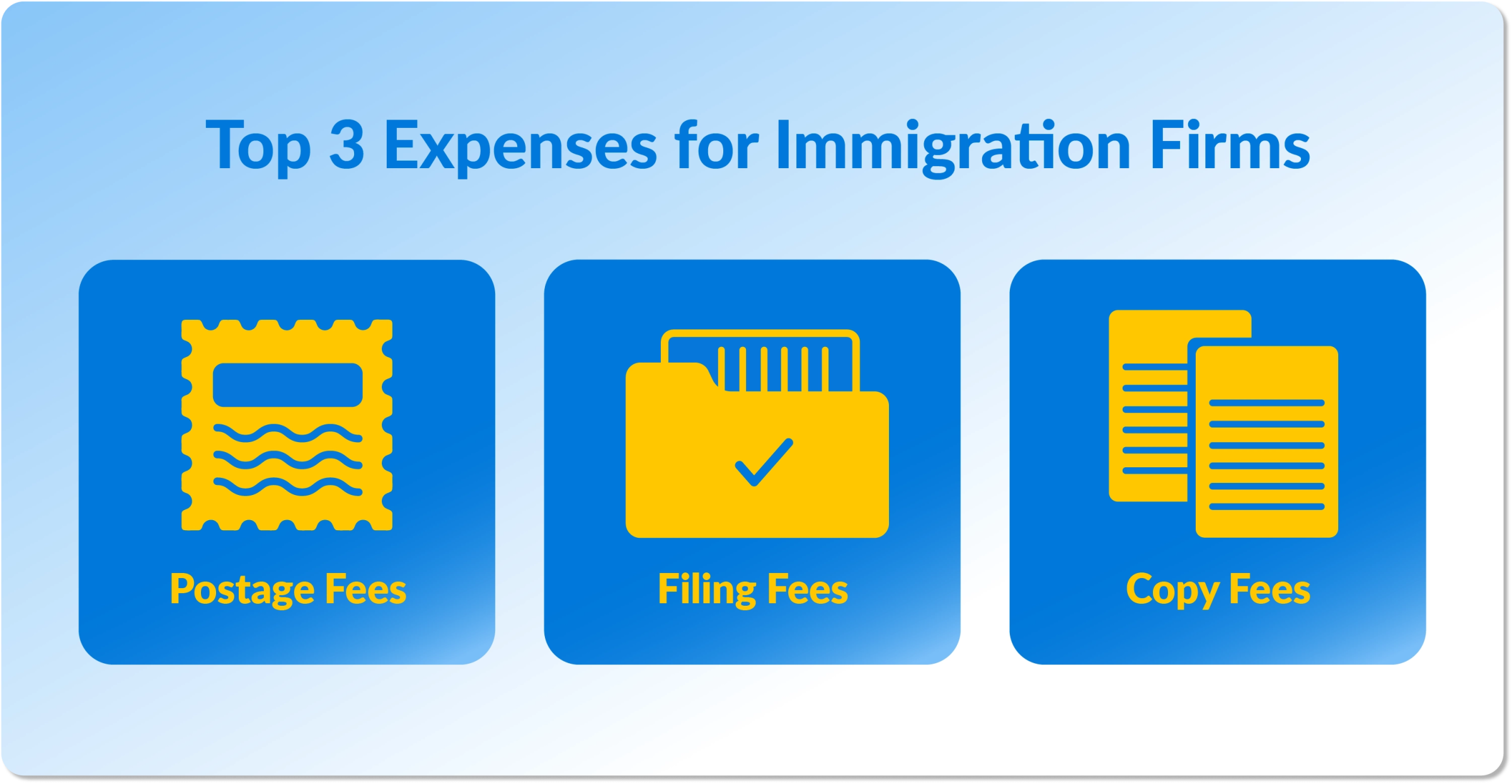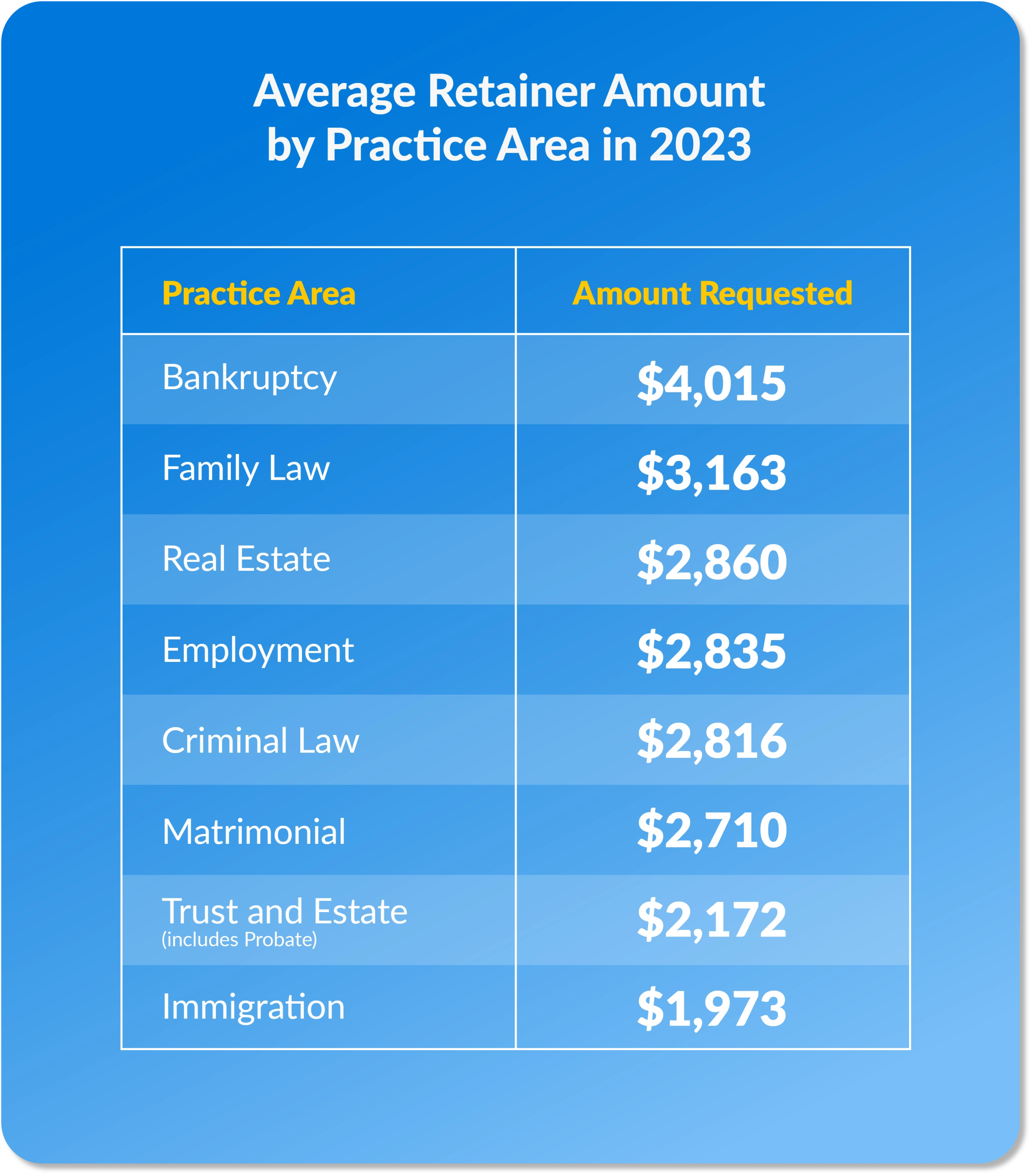You don't gain well-rounded business skills in law school, but you need them to run a successful immigration law firm. Alongside your legal expertise, solid business skills support your journey as you scale your firm and bring your vision of immigration representation to a broader audience.
This 2025 Immigration Law Practice Guide shares essential business strategies for taking your firm to the next level. Whether the next step is hiring another lawyer or opening an office, this guide identifies common challenges of law firm growth and shares solutions you can implement right away.
If your immigration law firm is still in the conceptual or prelaunch phase, see the 8am Docketwise guide to starting an immigration law practice.
Why is effective practice management important for immigration law firms?
The complex nature of immigration cases demands strong practice management. Your clients are facing life-changing decisions, and pursuing their desired outcomes takes time and attention to detail. Heavy documentation and tight deadlines require near-perfect coordination, organization, and efficiency.
High-functioning lawyers and legal teams make fewer errors and keep cases moving through time-sensitive immigration processes. More efficient case handling supports higher capacity, better client experiences, and improved profitability. In other words, well-managed firms are more scalable and resilient than poorly managed ones.
This applies to solo law firms and larger operations. Good management discipline helps solo attorneys juggle their administrative and client-facing responsibilities. Larger firms benefit from leadership that enables repeatable, efficient workflows.
Top challenges immigration lawyers face with practice management
Practicing immigration law presents unique operational hurdles. Immigration lawyers must:
Manage multilingual communications with clients.
Stay current on changing policies and procedures.
Track a document-heavy and deadline-sensitive process for multiple clients simultaneously.
These issues can foster inefficiencies, particularly in small or solo immigration law firms without proper systems, repeatable workflows, and sufficient administrative resources.
Outcomes can include inadequate expense management, a lack of financial visibility, underpriced services, and failing to meet client expectations on payments.
The expense data below is sourced from the 8am MyCase 2024 Benchmark Report on law firm finances.
Time-consuming and opaque expense management
Immigration firms average two expenses per case. While other practice areas usually track more expenses, monitoring two or more can be complex amidst a deadline-driven legal process.
The top three reported expense types for immigration firms were:
Postage fees
Filing fees
Copy fees

Without proper categorization and tracking, these smaller expenses can easily be overlooked. Untracked or unauthorized spending is a direct revenue leak for the firm.
Lack of visibility in small firm finances
The benchmark report also found that solo attorneys overwhelmingly manage expense payments with checks (59%) and cash (15%). Both methods can limit visibility into the firm's financial performance. Handwritten checks delay the expense from hitting the account, and cash is difficult to track.
Larger firms increasingly reduce their reliance on checks, opting for credit cards and ACH expense payments instead. Credit card expense payments improve real-time insight and accountability, particularly when the firm enforces employee-specific card numbers.
Undervaluing services with low retainer fees
Immigration law retainers average $1,973, the lowest across all major practice areas and less than half the average bankruptcy retainer of $4,015.

There are several reasons why solo attorneys practicing immigration law may underprice their services. If the firm lacks years of experience, it may feel compelled to compete on price. Or, they may underestimate the time and expense investment required to see the case to a successful conclusion.
Not meeting client expectations for payments
In 2023, 83% of client retainer payments were made via credit cards, compared to 1% for cash payments. Attorneys also received four times the payment volume via ACH (12%) versus paper checks (3%).
The data demonstrates that clients prefer handling their legal fee obligations with modern, digital payment types. Law firms that don't offer a range of payment options risk slower cash flow, reduced collections, and a dated client experience.
Key guidelines for immigration practice management by areas of operation
Overcoming the common challenges within an immigration law practice often requires action across different operational areas. Reviewing performance data from each area of operations, from intake to billing, can help identify where to streamline, delegate, and improve processes. Below are guidelines and actionable practice management tips to support these efforts.
Case management & operations
If your firm has chronic inefficiencies related to case handling, use data to link those inefficiencies to certain case types. You can review USCIS processing time data, form-level approval trends by case type, and firm-level case management data to help strategically decide how to approach different cases, based on how long they take and what the average ROI might be in that case.
You may need to stop accepting cases with consistently high Request for Evidence (RFE) or Notice of Intent to Deny (NOID) rates. Or build repeatable, efficient workflows for underperforming case types and monitor the data for improvements.
You can also create standard operating procedures that incorporate local court data via TRAC or Executive Office for Immigration Review (EOIR) dashboards. The information can help you tailor preparation timelines and judge-specific workflows.
Note that a centralized, cloud-based system to track deadlines, filings, and case progress is a prerequisite to identifying case management bottlenecks and issues. Without aggregate case data, recurring problems are difficult to spot.
Case management action items:
Use data to spot and address case inefficiencies.
Drop or streamline high RFE/NOID case types.
Create SOPs with TRAC/EOIR court data.
Centralize case tracking in the cloud.
Client management
Most of your clients may feel anxious and unsure about the immigration process. This uncertainty can prompt a high flow of check-ins, questions, and update requests. Managing these client touchpoints efficiently can support higher caseload capacity and firm revenue.
Streamlined client management begins with onboarding. Set clear expectations on timelines, update frequency, deliverables, invoicing, and payments. Automated communications can support these expectations and reduce manual follow-up. Once set up, automatic deadline updates, status change notifications, and payment reminders keep clients informed with no additional burden on your team.
You can also segment clients based on eligibility and set up automatic annual check-ins to offer additional services. For example, keeping track of former clients who are now lawful permanent residents allows you to offer support with their naturalization applications in the future.
Client management action items:
Set clear onboarding expectations for timelines, updates, and payments.
Automate updates, reminders, and client communications.
Segment clients to enable targeted follow-ups and future service offers.
Financial management
Incorporating automations in time tracking, invoice creation, invoice distribution, and payment collection creates efficiencies and reduces billing errors. You can enhance those efficiencies by adding systems for transparent, upfront billing. If you are comfortable quoting flat fees for your services, offer installment plans that charge payments automatically. Or, simply set up automatic payment reminders and a range of payment options to encourage clients to pay quickly.
A centralized invoicing system should also support aggregate revenue and expense tracking. Tracking client payments and profitability by case type helps you optimize pricing as the firm scales to a successful practice.
Financial management action items:
Automate time tracking, invoicing, and payment collection.
Offer transparent billing, installment plans, and multiple payment options.
Track revenue, expenses, and profitability by case type to optimize pricing.
Hiring and staffing
New team members can deliver added value faster when you have internal workflows documented. Even if you don't have any hiring plans, take the time to write down key processes. This will spare you and new hires confusion later. Having documentation also helps you track your efficiency efforts.
Hiring is a big step—one you don't have to take until your client base supports it. Before bringing on a full-time team member, consider outsourcing lower-level tasks to a virtual assistant or freelance paralegal. An hourly independent contractor can handle intake, calendaring, and data entry without the expense of a benefits package or a 40-hour commitment.
Hiring and staffing action items:
Document internal workflows to speed up new hire onboarding and track efficiency.
Delay hiring until your client base can support it.
Outsource lower-level tasks to contractors or virtual assistants.
Marketing and branding
A clearly defined niche and value proposition are foundational elements of marketing and branding. Your niche establishes who you serve, and your value proposition describes how you help in a differentiated way.
Publishing educational content online tailored to your practice focus can create visibility for yourself and your firm. Blog posts, webinars, resource lists, and FAQ pages offer opportunities to share your expertise and professionalism.
Periodic content publication can also support your efforts to gain website traffic from search engines. Try to create content to answer key questions around immigration that your clients might be interested in. You can make further gains in this area by tailoring the website to your local audience. Key strategies include providing a description of your service area on your website and publishing on topics that are directly relevant to your locale.
You can also monitor refugee arrival trends from the Refugee Processing Center and Transactional Records Clearinghouse (TRAC) for more precise targeting of high-potential geographic areas.
Marketing and branding action items:
Define your niche and value proposition.
Publish educational content tailored to your practice focus.
Create locally relevant content to boost search visibility.
Use immigration data to target high-potential areas.
Leadership and development
Consider investing in your legal, business, data, and leadership skills through CLEs and peer mastermind groups. Structured coursework and free-form discussions with other entrepreneurs can provide learnings that contribute to better decision-making and streamlined problem-solving. You can learn firsthand how others use data to solve pressing business issues.
Investing in your expertise also supports your ability to lead and train your team. In the long term, a stronger team operates more efficiently and takes tedious work off your plate. You can delegate confidently and begin to focus your time on higher-level strategy.
Ethics and compliance
Digital data security is an increasingly important area of ethics and compliance for immigration lawyers. Best practices to implement include:
Secure, encrypted data storage
Automated backups
Audit trails
Unique logins for team members
Established vendor vetting processes
Encrypted communications
You can also build compliance into your workflows. Examples include tracking expiration dates and deadlines for Freedom of Information Act (FOIA) requests to ensure matters don't remain open unnecessarily.
Ethics and compliance action items:
Implement secure, encrypted data storage with automated backups and audit trails.
Use unique logins and vet vendors for compliance.
Encrypt client communications.
Track FOIA deadlines to close matters promptly.
Top resources for immigration lawyers
As you operationalize your immigration law firm, you'll undoubtedly have questions and hit roadblocks. Fortunately, many other lawyers have walked this path before you—and some have shared their solutions by writing or contributing to published immigration lawyers' guides. Top immigration law books to keep on hand include:
Kurzban's Immigration Law Sourcebook: This sourcebook concisely explains immigration law and is one of the most popular reference texts among immigration lawyers, judges, and officials.
Immigration Law Practice Expediter: The practice expediter by LexisNexis describes common immigration procedural steps and provides links to support statutes, regulations, and other source materials. This is one of the more actionable immigration law books for paralegals and lawyers.
Representing Clients in Immigration Court: This immigration lawyer’s guide provides practical advice for defending clients facing deportation.
AILA’s Guide to Immigration Law for Paralegals: The AILA guide reviews core immigration law and procedures. It is one of the top immigration law books for paralegals. You can use it as a training resource as you build out your team.
The Consular Practice Handbook: The Consular Practice Handbook is an essential resource for supporting clients being processed in U.S. embassies and consulates abroad. It covers immigrant and nonimmigrant visa processing, consular processing of family members, third-country national processing, and more.
You can reference these immigration lawyers' guides and integrate them into your onboarding and training processes.
Tech stack for a modern immigration firm
Today, immigration law practice management software is a necessary tool for high-functioning firms. The right combination of applications—called a technology stack—enables efficiency, organization, and competitive case handling, particularly for firms managing high volumes of paperwork, tight deadlines, and high client expectations.
The immigration law practice management software apps that legal teams find most impactful include:
Case management software: Case management software tracks case progress, manages client information, and ensures timely follow-ups.
Immigration forms software: This software autocompletes a full library of immigration forms from collected client data. As a result, immigration forms are completed faster and with fewer errors.
CRM software: Customer relationship management (CRM) software records client interactions, tracks communications, and automates follow-ups to support better lead conversion.
E-signature software: E-signature tools enable secure document signing from anywhere. They add convenience for the client and accelerate the approval process.
Custom reports: Custom reporting tools can generate detailed reports on case statuses, financial performance, and other metrics. These reports are invaluable for making informed decisions, identifying operational bottlenecks, and improving efficiency.
Streamlining your immigration practice, one workflow at a time
Building a top-ranked law firm does not require you to have an MBA. You only need intention, consistency, and the right tools. Flex these muscles by starting small. Following the recommendations in this immigration law practice guide, document one process, automate one task, delegate one responsibility, and build from there. Work consistently to operationalize your business, and you will see results in time.
Having the right tools can expedite this timeline. 8am Docketwise supports immigration lawyers and teams at every stage of their journey, expediting intake, autocompletion of immigration forms, easy client communication, simplified billing, and in-depth reporting.
Docketwise is fast, intelligent, and intuitive for immigration law firms. See the solution in action by scheduling a demo today.
Carve Your Niche in Immigration Law
Unlock the potential of your personal brand and set yourself apart in the world of immigration law. Harness the tools, strategies, and insights to become the go-to expert in the immigration law landscape.
Download Now
About the author

Catherine Brock
Catherine Brock is a Content Writer for leading legal software companies, including MyCase, Docketwise, and CASEpeer, as well as LawPay, the #1 legal payment processor. She covers emerging legal technology, financial wellness for law firms, the latest industry trends, and more.
